Lake Leeches are related to earthworms and are known as segmented worms. They’re able to sense changes in their aquatic environment through vibrations. This causes them to be attracted to swimmers in the water.
Their bite is painless, and they’ll suck up five times their weight in blood if given the chance. Most only need to feed once every 6 months.
While a handful of leeches are vampires, most are harmless and feed off of insect larvae and other small bait. Just a handful of the bloodsuckers are known vectors for infections, other parasites, and hemorrhaging at the bite site.
Leeches usually feed on invertebrates and other small animals. They’ll only bite humans if the perfect opportunity presents itself.
While swimming with nonparasitic leeches brings a creepiness to a lake, it’s parasitic leeches we’re going to focus on. They’re the leeches that keep us up at night.
So, which 3 lakes in the United States are so infested with dangerous leeches that you don’t want to swim in them?
We’ll look at them now, but it’s important to remember that leeches are ubiquitous and can be found anywhere.
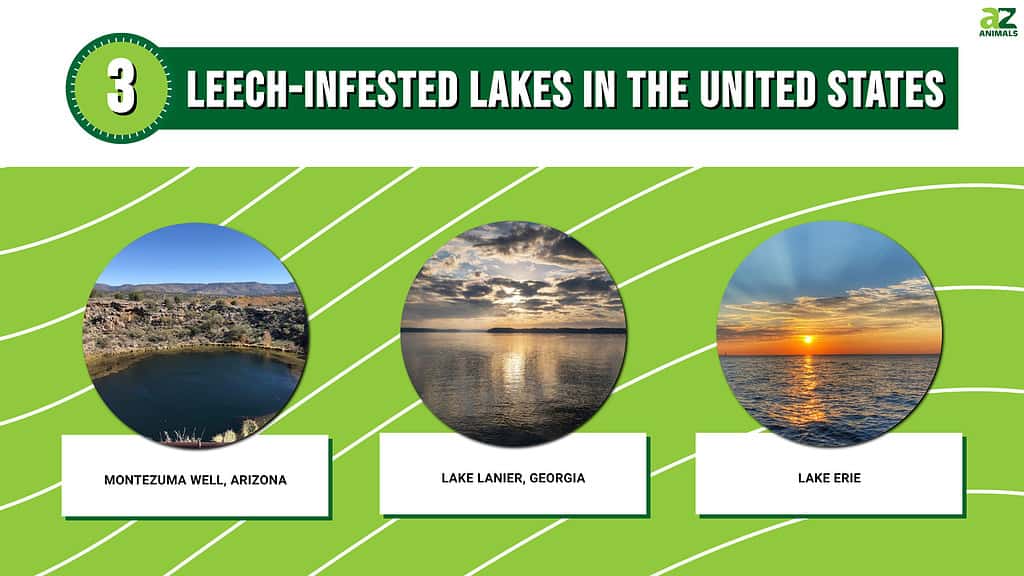
3 Leech-Infested Lakes in the United States
1. Montezuma Well in Arizona
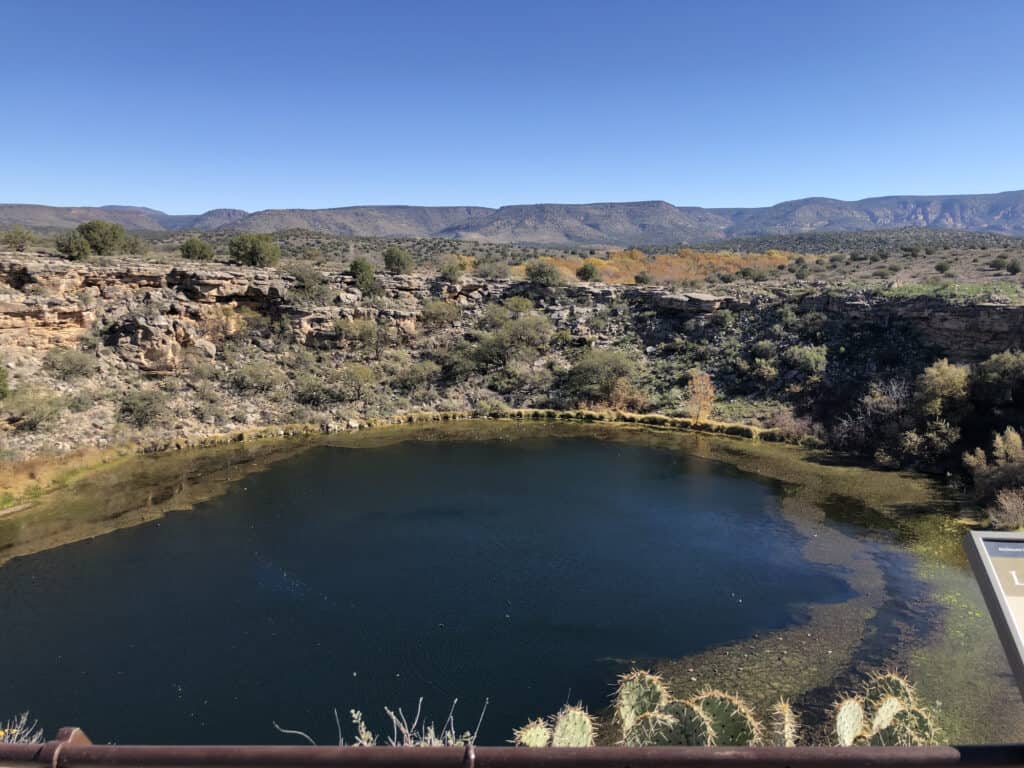
There are tons of endemic leeches in Montezuma Well.
©iStock.com/Koren Rolison
There are lake leeches that are endemic to Montezuma Well, and it’s the primary driver of the entire ecosystem of the lake. Some insects and some of the endemic leeches solely consume phytoplankton present in the water.
Verde Valley in Arizona hosts Montezuma Well, which is a sinkhole. It’s made of limestone, and the water that seeps in contains a huge amount of arsenic. That makes the water uninhabitable to most organisms, though it doesn’t stop all of them, including the leech.
It’s thought that the leeches thrive in this habitat because they’re able to process the arsenic in the water and make it a part of an outer slime layer. Daring divers describe it as a pit with a million free-swimming leeches.
One of the species of lake leeches feeds solely on another endemic amphipod, which is a type of invertebrate. The leech’s prey is only available at certain periods throughout the year, so it usually feeds excessively during that time.
2. Lake Lanier in Georgia
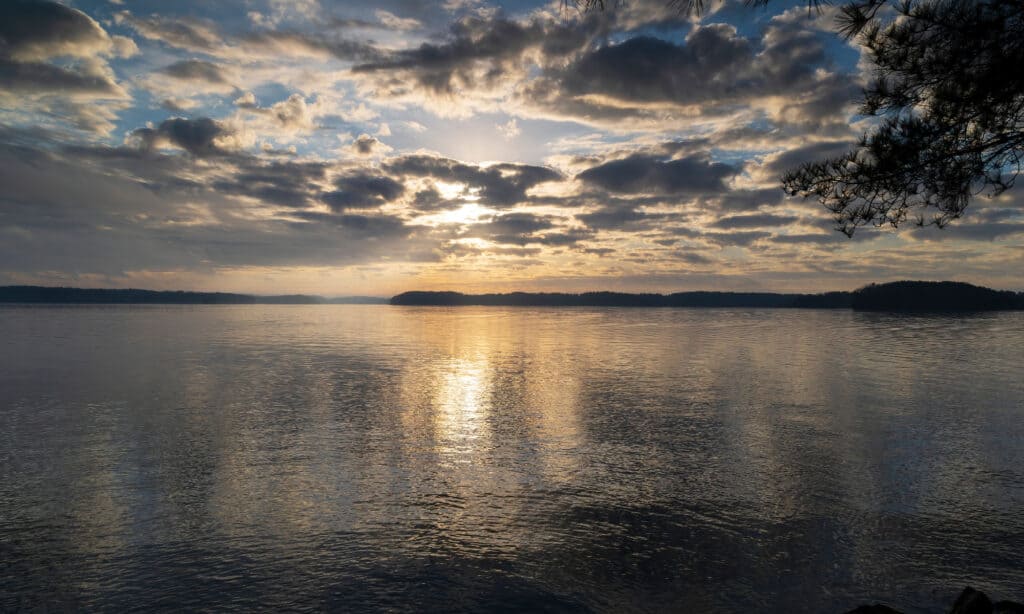
Lake Lanier hosts a plethora of leeches.
©iStock.com/Steve Samples
Visitors to Lake Lanier are often disturbed by the amount of blood-sucking, lake leeches they encounter in the water. That doesn’t stop people from enjoying it for recreational purposes, however.
Most of the leeches in the lake are harmless. If you’re wading around in slow and shallow water with a bed made of leaf debris or other vegetation, you may make yourself a convenient snack.
3. Lake Erie in the United States
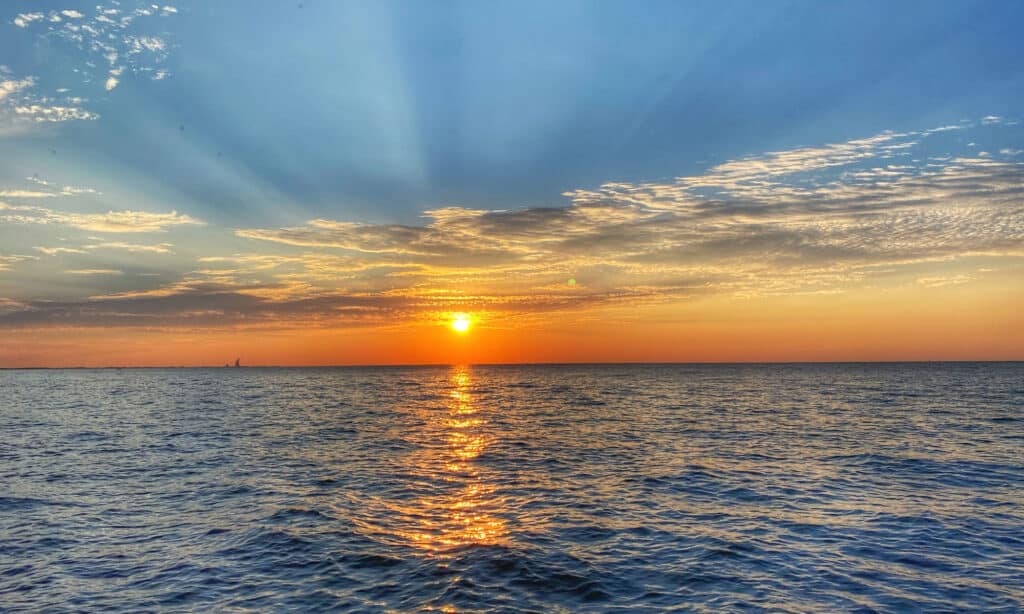
Stagnant or slow-moving waters in and around Lake Erie are filled with leeches.
©iStock.com/becky johnson
Small streams and areas of stagnant water around Lake Erie are teeming with leeches. These leeches most often bother fishers whose catch drags along the bottom. Since the leeches most common in Lake Erie live in the mud because they can’t swim, this is a perfect meal.
Fishers who reel in fish with these leeches on them are frequently attacked when they try to remove the leeches. This leech problem is more prevalent when waters are more shallow, as more fish are close to the bottom.
These same leeches will take the opportunity to bite humans in their habitat as well. Take caution if you’re going to wade around in any still area near Lake Erie.
Do Any Leeches Use Humans as Their Primary Prey?
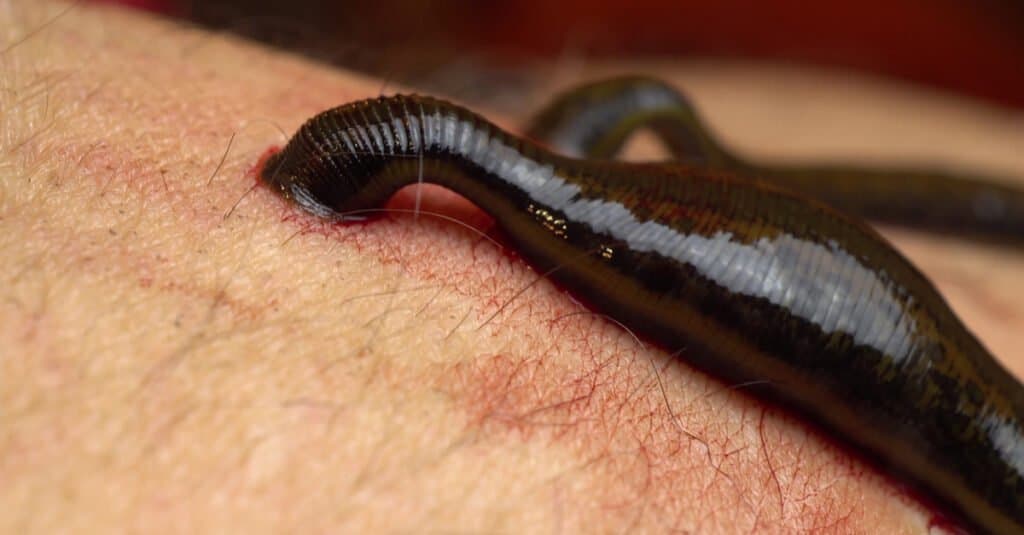
Leeches will feed on human blood, however, they are opportunistic feeders. While they won’t hunt out a person to feed on, they will if given the chance.
©Vital9s/Shutterstock.com
No, there are no leeches that target humans directly. While many blood-sucking leeches in the United States will readily feed on humans if presented with the opportunity, they’ll readily feed on any mammal.
Sometimes, leeches that focus on smaller prey like fish and invertebrates will attach to a person, especially if they were disturbed during feeding.
How Many Leeches Does it Take to Kill a Human?
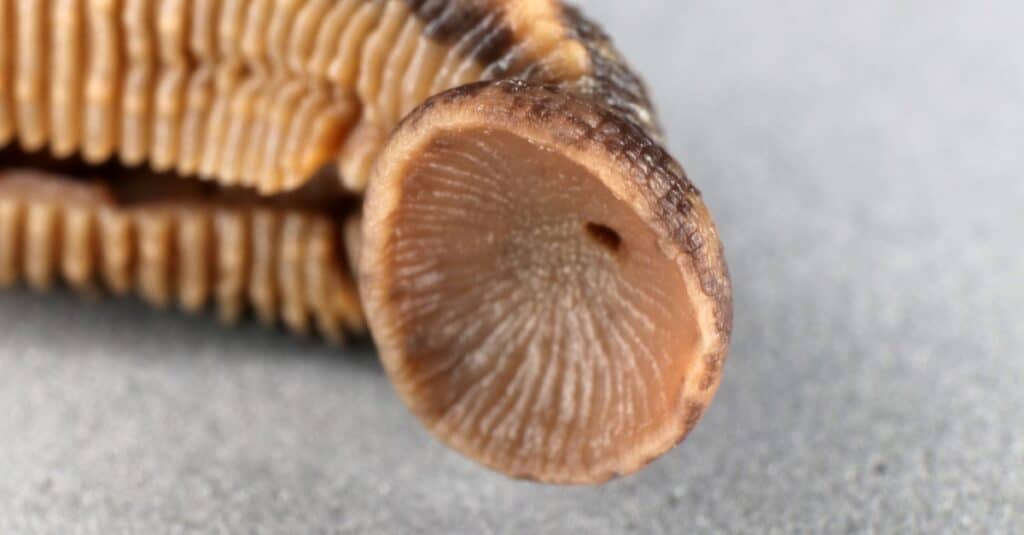
It takes up to 450 leeches to kill a human.
©photowind/Shutterstock.com
It would take around 315-1150 leeches to suck all of the blood out of a human. However, humans can’t survive without 60% of their blood at a minimum. Therefore, it would take 100-450 leeches to kill a person.
You are at no risk of death if you acquire a common amount of leeches on your body. When people venture into lakes, streams, and ponds that are leech habitats, no more than 10 leeches, on average, attach to the body.
Even the biggest leech takes only 15 milliliters in blood, and the human body contains up to 5.5 liters.
What is the Biggest Leech in the World?
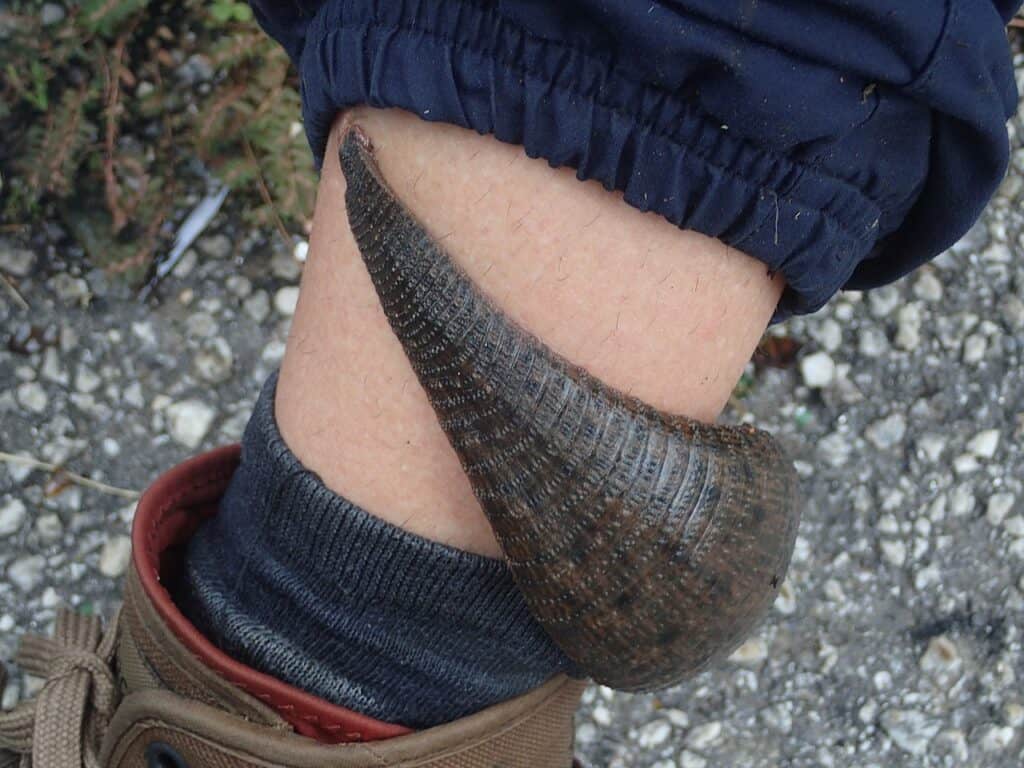
The largest leech in the world is the terrestrial giant Amazon leech.
©Anonyme973 / CC BY-SA 4.0 – License
Giant Amazon leeches are the biggest in the world. They grow up to a foot and a half long and almost 4 inches wide. They were considered extinct until a successful colony was established about 50 years ago.
Are Leeches Bad for a Lake?
Leeches are a vital part of lake ecosystems and it is all because of the food chain! The majority of leeches consume worms, snails, and insect larvae, with only a small minority preying on humans. Fish, ducks, and turtles, in turn, rely on leeches as a food source.
Additionally, many people who like to fish use leeches as a primary source of bait.
This creature inhabits fairly diverse freshwater aquatic environments. In fact, leeches aren’t just found in encompassing lakes. They can be found in ponds, marshes, springs, and some small streams.
They are typically found in regions ranging from the water’s edge to depths of up to six feet, with a preference for locations shielded from strong wave action.
Lake Champlain in the US and Canada is Full of Lampreys
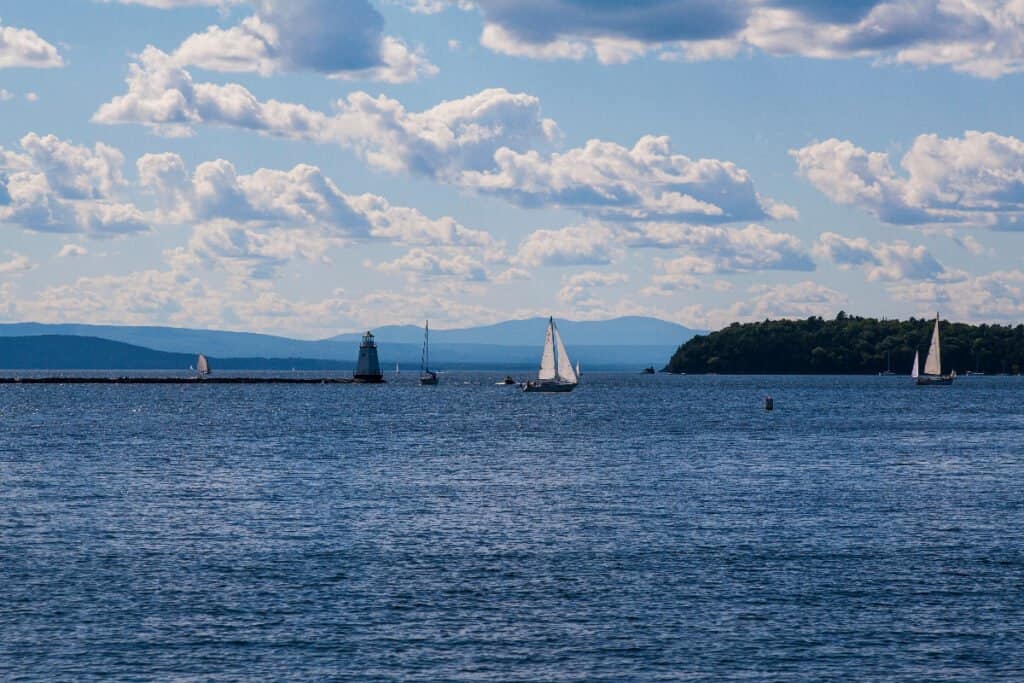
Lake Champlain is a lake full of lampreys.
©Mark Castiglia/Shutterstock.com
Lake Champlain isn’t home to lake leeches, but it is home to a vast amount of other bloodsuckers. There are tons of lampreys in the water. Lampreys may be vampires like leeches, but that’s where their similarities end.
Lampreys are fish with teeth inside a sucker that they use to attach to their hosts. They have no jaws and look like eels, though they aren’t eels. The sea lampreys present in Lake Champlain probably introduced themselves in the 1800s by way of the Hudson/Champlain Canal.
Unlike lake leeches, lampreys in this lake will readily go after people, and they exist in large numbers. Their bites are not painless like that of a leech as well. Their bites also put you at a greater risk of infection than leeches.
Honorable Mentions: Leech-Infested Lakes in the USA

Leeches aren’t harmful, but improper removal can lead to infections, so it’s best to avoid areas where you might encounter them.
©Ronald Shimek/Shutterstock.com
While we mention just a few leech-infested Lakes in the US, there are many lakes that are just swarming with leeches that you should definitely not swim in!
While leeches aren’t dangerous, if not removed properly, the wound can become infected so it’s important to try and stay away from areas where you might come in contact with them.
Here are a few bonus mentions that did not make our list:
- Lake George
- Lake Tahoe
- Lake Gaston
Lake George is located on the south side of Lake George. It’s also called “Million Dollar Beach” and is close to the village of Lake George, as well as the DEC’s Lake George Battleground Campground and Lake George Battlefield Day Use Area.
Spooner Lake which is a man-made lake in Lake Tahoe-Nevada State Park, has some bothersome leeches. These bloodsucking creatures can be found in numerous lakes and waterways all over California and the surrounding regions.
Lake Gaston is a well-liked fishing spot, but it’s gaining fame for its growing leech population. There are about 480 different leech species living in this freshwater habitat.
The photo featured at the top of this post is © photowind/Shutterstock.com
Thank you for reading! Have some feedback for us? Contact the AZ Animals editorial team.






